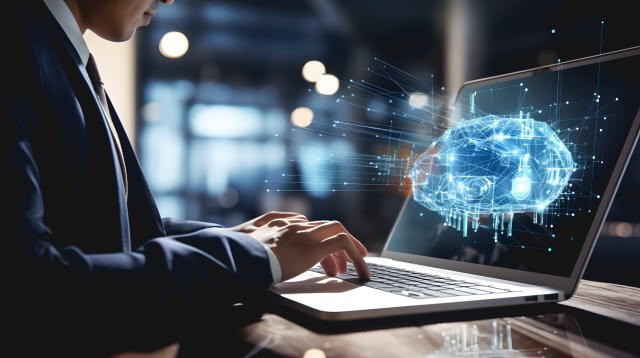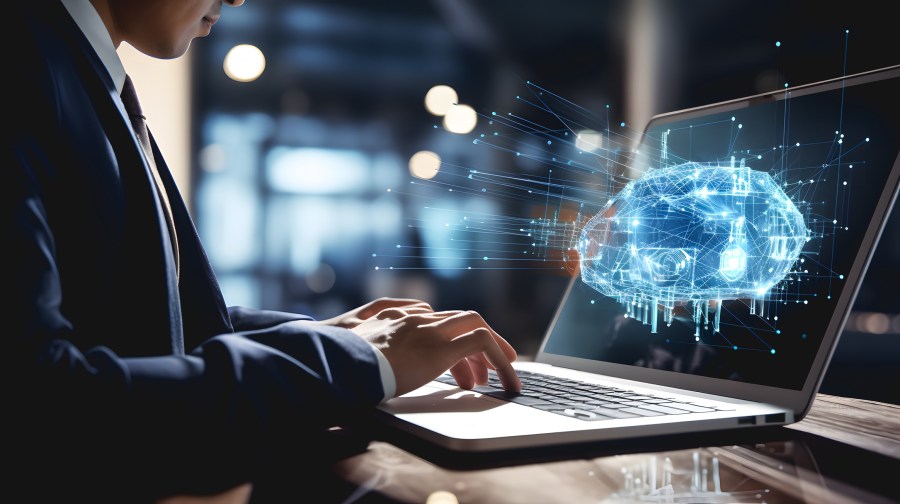
In recent years, artificial intelligence (AI) has made significant progress in various fields. Image generation is an area where AI is having a profound impact. With the rise of AI tools specifically designed to generate images, we are seeing a revolution in the way visuals are created. In this article, we will explore how these AI tools are changing the image generation landscape and the benefits they offer to businesses and individuals.
Enhance Creativity with AI-Generated Images
AI tools designed for image generation have opened up new possibilities for creativity. These tools can generate high-quality images based on specific inputs provided by users. Whether creating custom illustrations, designing unique logos, or generating stunning visuals for marketing campaigns, AI-powered image generation tools have become indispensable for artists and designers.
One of the main benefits of using AI-generated images is that they can be easily customized to meet specific requirements. Artists can modify various parameters such as color combinations, shapes and styles to create visuals that perfectly match their creative vision. This level of flexibility allows artists to explore new artistic territories and push the boundaries of traditional design.
Traditionally, generating high-quality images required a lot of time and resources. Graphic designers had to spend hours meticulously creating visuals from scratch or relying on stock images that might not meet their precise needs. However, thanks to AI-based image generation tools, this process has become much more streamlined and efficient.
AI algorithms are trained on large image datasets, allowing them to learn patterns and generate new visuals accordingly. This means businesses no longer need to rely solely on expensive photo shoots or limited image libraries; instead, they can use AI tools to generate personalized visuals quickly and affordably.
Personalization at scale with AI-generated images
Personalization has become a crucial aspect of effective marketing campaigns. With AI-generated images, businesses can now create personalized visuals at scale. By leveraging user data and preferences, AI algorithms can generate images tailored to each customer’s tastes and interests.
For example, an e-commerce website can use AI-generated images to showcase products that are specifically relevant to a customer’s browsing history or purchasing behavior. This level of personalization not only improves the user experience, but also increases the chances of conversion by presenting customers with visuals that match their preferences.
Ethical Considerations and Limitations of AI-Generated Images
While advances in AI-based image generation are undoubtedly impressive, there are ethical considerations and limitations that must be taken into account. A major concern is the potential for misuse or abuse of AI-generated visuals, such as deepfake technology which can manipulate images or videos in deceptive ways.
Additionally, even though AI tools have made significant progress in generating realistic images, there are still limitations when it comes to creating truly original and expressive works of art. Human creativity and imagination cannot be fully replicated by machines. It is therefore important for artists and designers to strike a balance between harnessing the benefits of AI-generated images while maintaining their own artistic integrity.
In conclusion, the rise of AI tools for image generation is revolutionizing the way visuals are created. These tools enhance creativity, streamline workflows, enable customization at scale, and provide new possibilities for businesses and individuals. However, it is crucial to consider the ethical implications and recognize the limitations of AI-generated images as we continue to adopt this rapidly evolving technology.
This text was generated using a large language model, and selected text has been edited and moderated for purposes such as readability.
